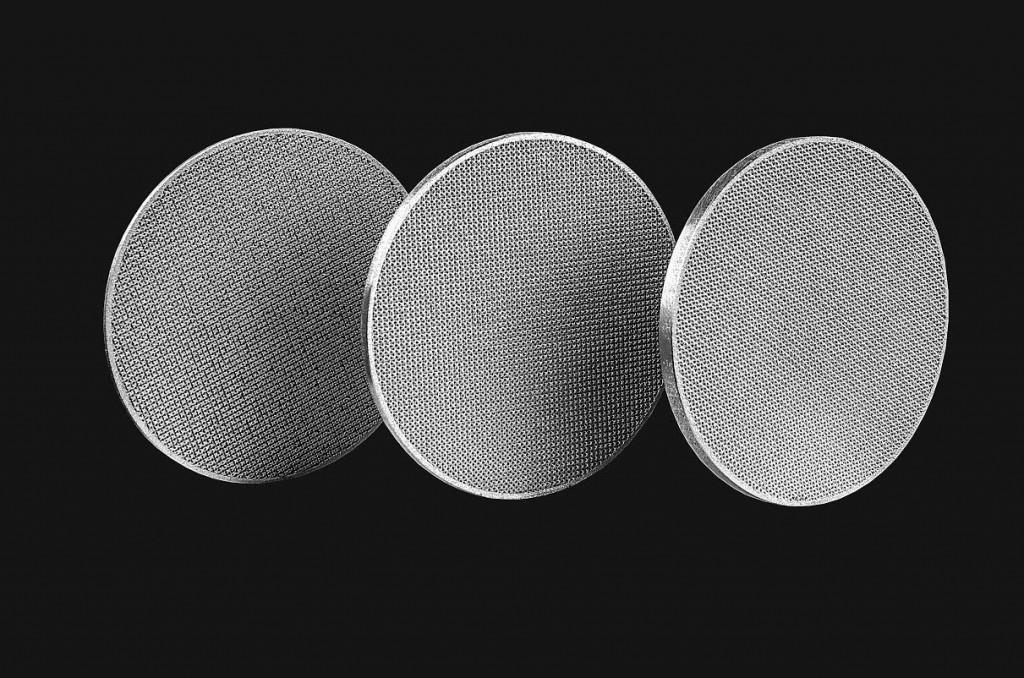Croft Additive Manufacturing Uses 3D Printing to Create Innovative New Filters for Various Industries
While filtration is not something that most of us stop and think about on a daily basis, if it wasn’t for advanced filtration systems, our lives would not be what they are today. Whether it is the filter in your swimming pool, the filters used in your local sewage plant, or the simple filtration system that your coffee maker utilizes to make you that perfect cup of Joe every morning, our lives are greatly improved by these devices and systems that most of us completely take for granted.
One company, Croft Additive Manufacturing (CAM), was approached by clients looking to advance the technology behind their filtration systems, and additive manufacturing was just the solution.
“We were recently approached by a pharmaceutical company looking for a filter disc that could be cleaned to specific, high standards,” Neil Burns, Director at CAM, tells 3DPrint.com. “Many applications use a disc of mesh to create a filter, which is secured in place by a rolled steel ring. However, there are gaps between the steel ring and mesh, and the weft and warp strands of the woven wire, known as ‘bugtraps’, where bacteria and dirt can gather, and these areas cannot be easily accessed. As a result, cleaning them, especially to standards required by the pharmaceutical or food and drink industries, can lead to increased downtime or the complete replacement of a part.”
CAM used 3D printing (additive manufacturing) to produce a more intricate design that did not contain any “bugtraps” in the latticework of the mesh or the rim. At the same time, the end product proved to be just as strong as more traditionally manufactured filters. The 3D printed version could be cleaned much easier, thus decreasing downtime for customers, and reducing the risk of material accumulation and the potential for hazardous biochemical contamination.
“In addition to making it more suitable for a wide range of industries, the new design reduced the requirement for replacement parts, delivering considerable long-term cost savings,” Contrill tells us.
This isn’t the only filter that CAM has created using additive manufacturing though. They have also created what they call the “Straightliner Filter,” which is geared at delivering energy savings when compared to the more conventional filters on the market today.
The Straightliner Filter offers a much lower pressure drop and resistance than filters created using traditional subtractive manufacturing techniques.
“This is because, when manufactured conventionally, the holes in the perforated plate are at an angle to the filtrate flow, changing the flow characteristics and causing turbulence in the functionality of the filter,” explains the company. “Using additive manufacturing to build the filter holes at the same angle as the flow allows the filtrate to pass through the filter with much less resistance, resulting in both energy and cost savings.”
It all comes down to more efficiency, better filtration results, and costs, when manufacturing filters for any industry, and CAM’s methods for using additive manufacturing to do so provides better end results in all of these instances. When you add in the fact that there is less waste and greater customization through the use of additive manufacturing, there is no reason to not believe that this will be the technology of the future.
What do you think? Should additive manufacturing be used more in the production of industrial level filters? Discuss in the CAM 3D Printed Filters forum thread on 3DPB.com.
Subscribe to Our Email Newsletter
Stay up-to-date on all the latest news from the 3D printing industry and receive information and offers from third party vendors.
You May Also Like
Precision at the Microscale: UK Researchers Advance Medical Devices with BMF’s 3D Printing Tech
University of Nottingham researchers are using Boston Micro Fabrication‘s (BMF) 3D printing technology to develop medical devices that improve compatibility with human tissue. Funded by a UK grant, this project...
3D Printing Webinar and Event Roundup: April 21, 2024
It’s another busy week of webinars and events, starting with Hannover Messe in Germany and continuing with Metalcasting Congress, Chinaplas, TechBlick’s Innovation Festival, and more. Stratasys continues its advanced training...
3D Printing Webinar and Event Roundup: March 17, 2024
It’s another busy week of webinars and events, including SALMED 2024 and AM Forum in Berlin. Stratasys continues its in-person training and is offering two webinars, ASTM is holding a...
3D Printed Micro Antenna is 15% Smaller and 6X Lighter
Horizon Microtechnologies has achieved success in creating a high-frequency D-Band horn antenna through micro 3D printing. However, this achievement did not rely solely on 3D printing; it involved a combination...
































